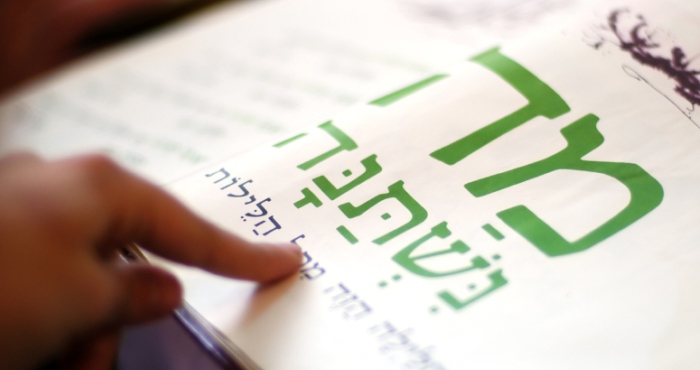
The Passover seder is traditionally divided into 15 steps, sometimes viewed as the steps from slavery toward freedom. In addition to the traditional 15 steps, our listing provides the constituent parts of maggid, the telling of the Passover story, as well as several other rituals commonly found at the seder. One of the crucial elements of slavery was that the Jews were not able to form themselves as a viable community. Egyptian taskmasters rigidly regulated their lives, preventing any sense of communion and solidarity. And so, on Pesakh night, the essence of the seder is to constitute ourselves as a Jewish community. Three quintessential acts define Jewish community, and all three of those are at the core of our seder experience: we break bread, demonstrating our covenantal relationship to each other and to God; we learn Torah; and we invite the poor and hungry to share our meal with us, demonstrating that our community is one which extends itself to those in need.
Subscribe for the latest rituals, online learning opportunities, and unique Judaica finds from our store.